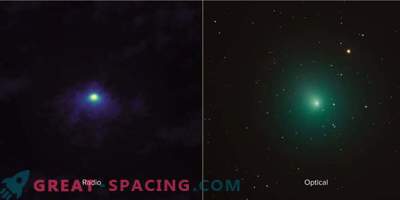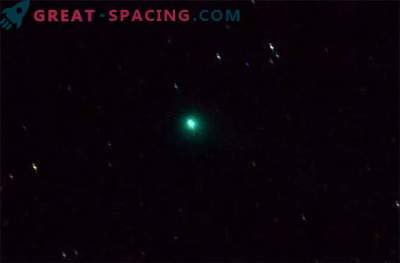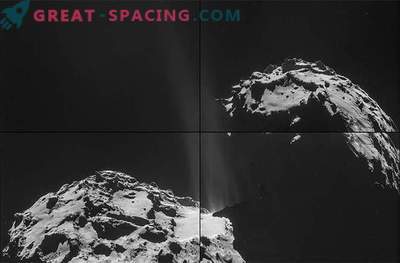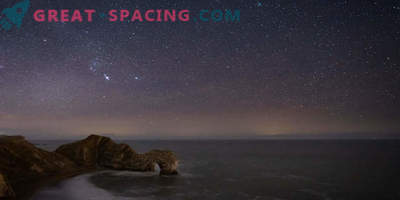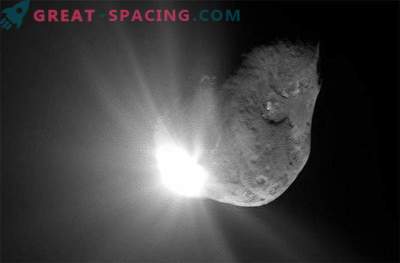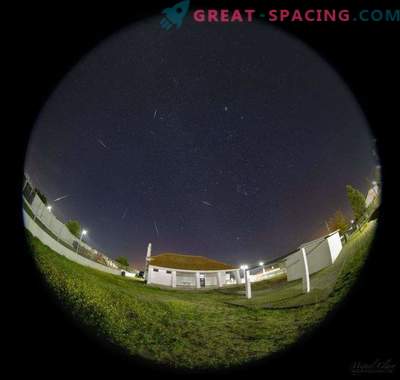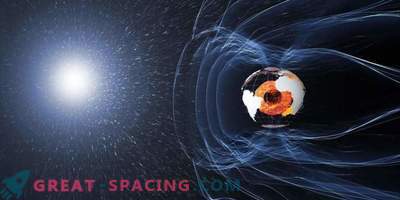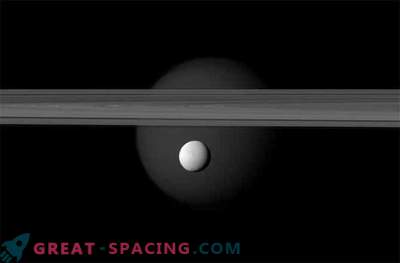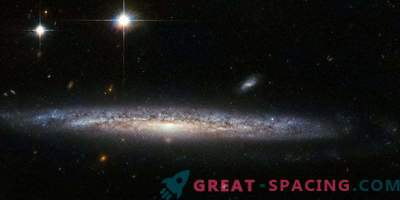
In December comet 46P / Virtanen flew past Earth. She was close enough to see without using magnifying devices. If you witnessed this event, you might have noticed that the object appeared green in the sky. But green is not so common in space. Why did the comet decide to stand out?
Well, let's turn to chemistry. Comets are made up of a variety of chemicals, each with a unique mixture. Some are mostly water, while others show off stone, metal, and other elements. Comet 46P / Virtanen is endowed with a large amount of a substance called cyan.
Such comets spend most of their time in colder and more distant places in the solar system. 46P / Virtanen accustomed to be mainly close to the orbit of Jupiter. But sometimes the comet approaches the Sun, it heats up and some elements on the surface, like ice and cyan, begin to evaporate. When you watched 46P / Virtanen, you didn't see the comet itself. In fact, the solid nucleus of a comet is a tiny point in the center of a giant cloud of gaseous cyan. Inside the cloud, the gas is in contact with the UV light of the Sun and becomes ionized. Ultraviolet light is so energetic that it separates electrons from cyan atoms and makes them electrically charged.
If you have seen neon light before, you realize that the gas starts to glow further. Neon lights work on the same principle, only on Earth we use electricity instead of UV light to ionize gases. The color of the gas depends on the composition. Hydrogen glows red, helium - yellow, and cyan - green.
In 1910, scientists first spotted cyan in Halley's comet. Then it caused a serious panic, because people were convinced that the whole planet would recover with a toxic gas. Fortunately, none of the comets carry the threat of poisoning.

